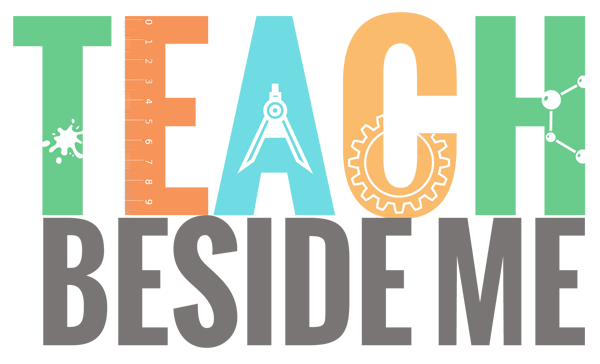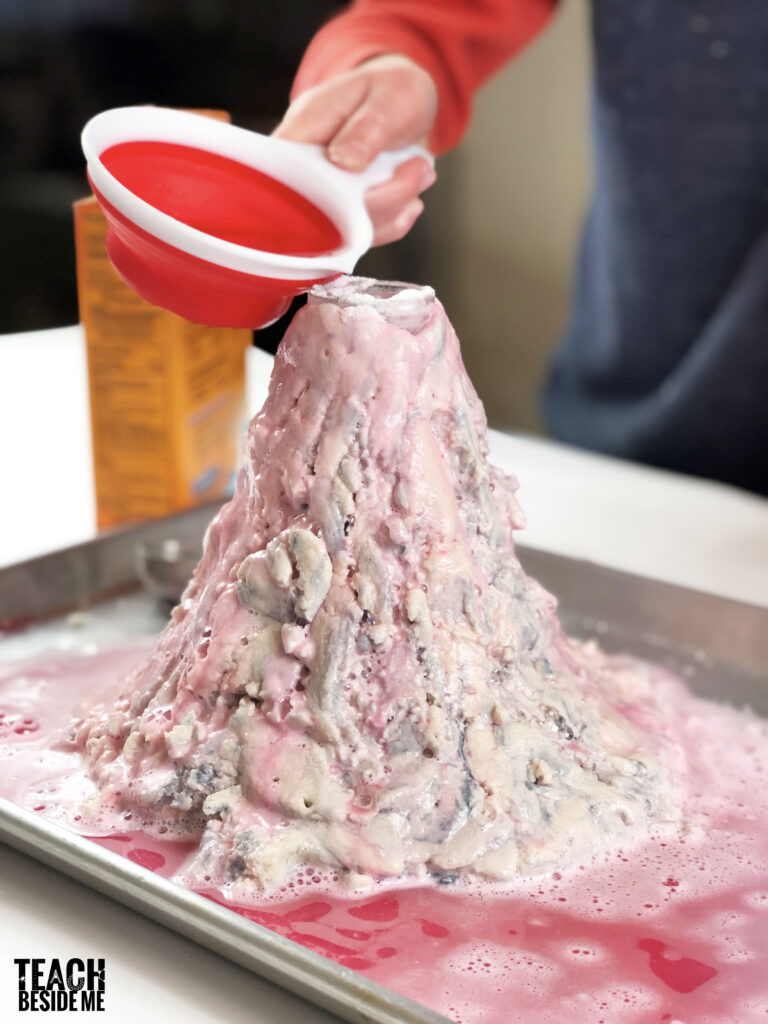How to Set up a Chess Board & Rules for Playing
This post may contain affiliate links.
Need to learn how to set up a chess board? Or maybe you are trying to remember the rules for playing a game of chess? Either way, I have you covered! This post will help you learn the basics of how to set up a chess board as well as rules for how to play.

Chess is such a fun game, but it can be hard to remember how to set up the chessboard or even how each of the different pieces moves around on the board. My kids have had to teach me and re-teach me many times when we pull out our chess board to play! They have always been better than me. I love that they are confident chess players and enjoy the game.
Our favorite chess set to teach kids was No Stress Chess. It comes with cards teaching you how all of the pieces move and lots of helpful instructions! But check out our DIY LEGO Chess set, too!
How to Set Up a Chess Board
To begin your chess board setup, you will want to begin by placing the board between the two players so that each player has the white square (or light square) on the bottom-right corner.
Download a printable version of the graphics!

The chess board has 64 squares in an 8×8 grid. There are black and white squares (or darker/lighter colors).
Each player starts with 16 game pieces: one king, one queen, two rooks, two knights, two bishops, and eight pawns. Players will have either all white pieces or all black pieces.
- The pieces are set up as follows:
- Rooks are in the corners.
- Knights are placed next to the rooks.
- Bishops are next to the knights.
- The queen goes on the remaining square of her color (white queen on white square, black queen on black square).
- The king starts next to the queen.
- All eight pawns are placed on the second row or second rank in front of the other pieces.
Once the pieces are arranged, the board is set up, and you’re ready to start playing!
How to Play Chess
Chess is a two-player strategy board game that involves moving pieces on an 8×8 grid. The object of the game is to checkmate your opponent’s king, which means the king is in a position to be captured (“in check”) and there is no way to escape capture.
The player with the white pieces always starts first. Then the game is played by alternating every other player. You cannot pass your turn, you must always make a move even it might hurt you.
Each piece has it’s own specific way to move as outlined below. You move your pieces to a vacant square, unless capturing an opponent’s piece.
You can capture an opponent’s pieces by landing on a square where their chess piece is. Captured pieces are removed from the board permanently. Only the knight can jump over other pieces. The king cannot be captured, only put in check. A king is in check when it is under attack by an enemy piece.

Movement of the Chess Pieces:
- King: Moves one square in any direction around it- forward, backward, sideways or diagonal. This piece has a cross on the top.
- Queen: This is the most powerful piece in chess. It can move in any direction as many squares as wanted.
- Rook: Can move forwards, backwards left or right as many squares as wanted. It cannot move diagonally. This piece looks like the castle walls.
- Bishop: Can move any number of squares diagonally. This piece is shaped like a bishop’s miter (headpiece).
- Knight: Moves two squares in one direction, then makes a 90-degree turn and moves one squares in that direction (an “L” shape). This piece looks like a horse’s head.
- Pawn: Moves forward one square at a time. On a pawn’s first move, it can move forward two squares.
Special Chess Moves:
- Castling: A king and a rook can move together towards each other. This can be on the king’s first move or the rook’s first move, and there should be no pieces between them. You cannot do this if the king is under attack.
- En passant: If a pawn moves two squares forward from its starting point and lands next to an opponent’s pawn, the opponent can capture it “en passant” as if the pawn had only moved one square forward.
- Pawn Promotion: When a pawn reaches the eighth rank (the other player’s side of the board), it can be exchanged for any other piece (except a king).
Check and Checkmate:
- If a king is in a position to be captured, it’s in “check.”
- If a king is in check and there is no legal move to escape capture, it’s in “checkmate,” and the game ends.
Stalemate: If a player has no legal moves and their king is not in check, the game is a draw due to stalemate.
How to Play Chess Printable:
This printable set includes three pages. A page to help you set up the board, a page with a description of the chess pieces and how they each move. And finally a page with the basic instructions to play a game of chess.

Download a printable version of this!

Benefits of Playing Chess
Chess is an awesome game to learn! There are many benefits to knowing how to play chess.
In 1779, Benjamin Franklin wrote that the game of chess “is not merely an idle amusement (since) life is a kind of chess, in which we have often points to gain, and competitors or adversaries to contend with, and in which there is a vast variety of good and evil events that are in some degree the effects of prudence or the want of it.”
Chess is great for developing cognitive skills such as problem solving, spatial recognition, concentration, patterns, mathematical thinking (especially if you lean chess notation), logic, and critical thinking.
There are studies that show playing chess can improve math and language arts scores. Pretty great for a game, right?!
History of Chess
Chess likely originated in northern India or southern Iran around the 6th century. It was adopted and modified later by the Persians. In the 9th century, it was introduced to Europe. It was adapted and changed to reflect the feudal society of that time. This is the chess we are familiar with.
The king and queen pieces are representing the monarch. The bishops represent the church and are shaped like the religious head piece. The knights represent the nobility riding on their horses, hence the horse’s head shape. The pawns represent the common foot soldiers.




